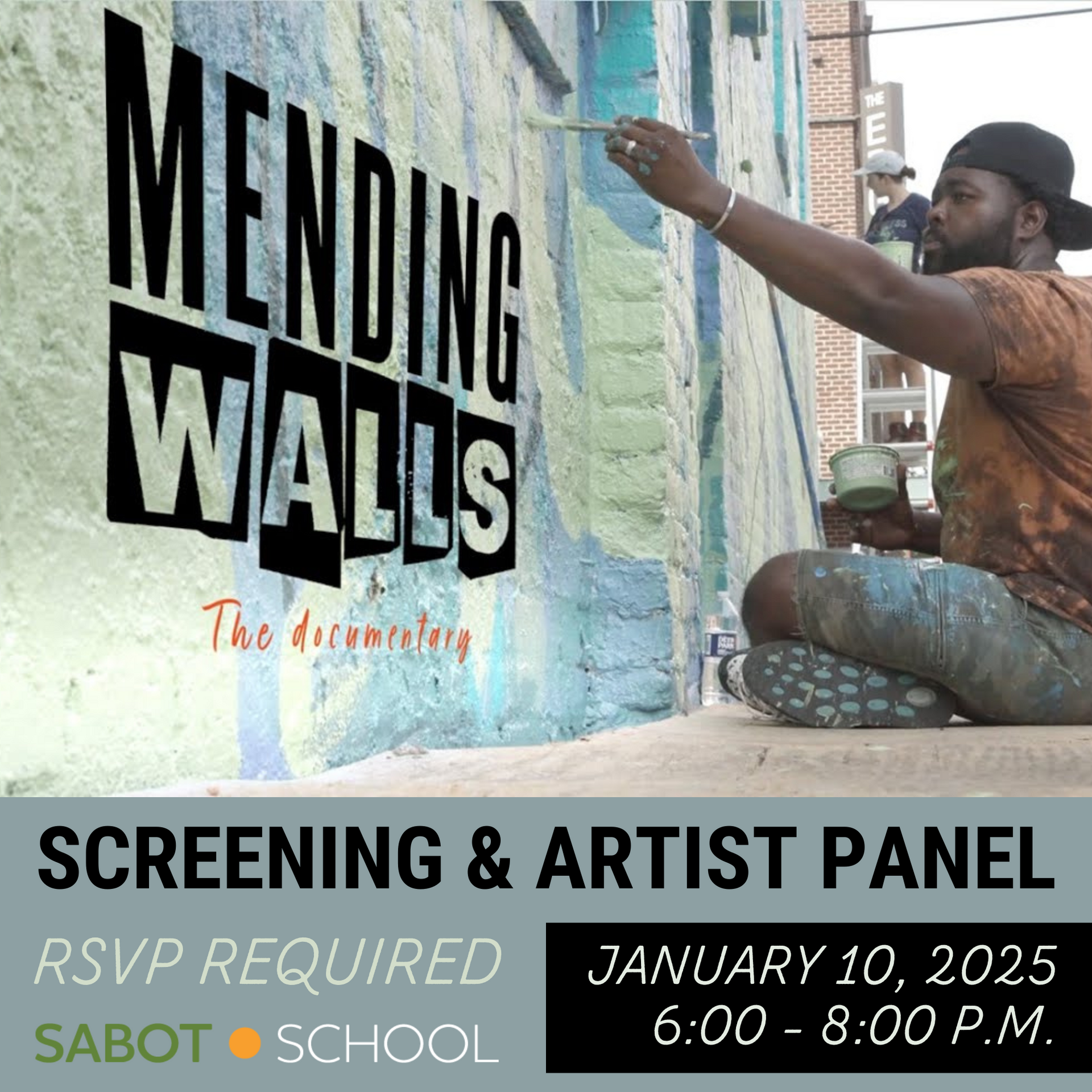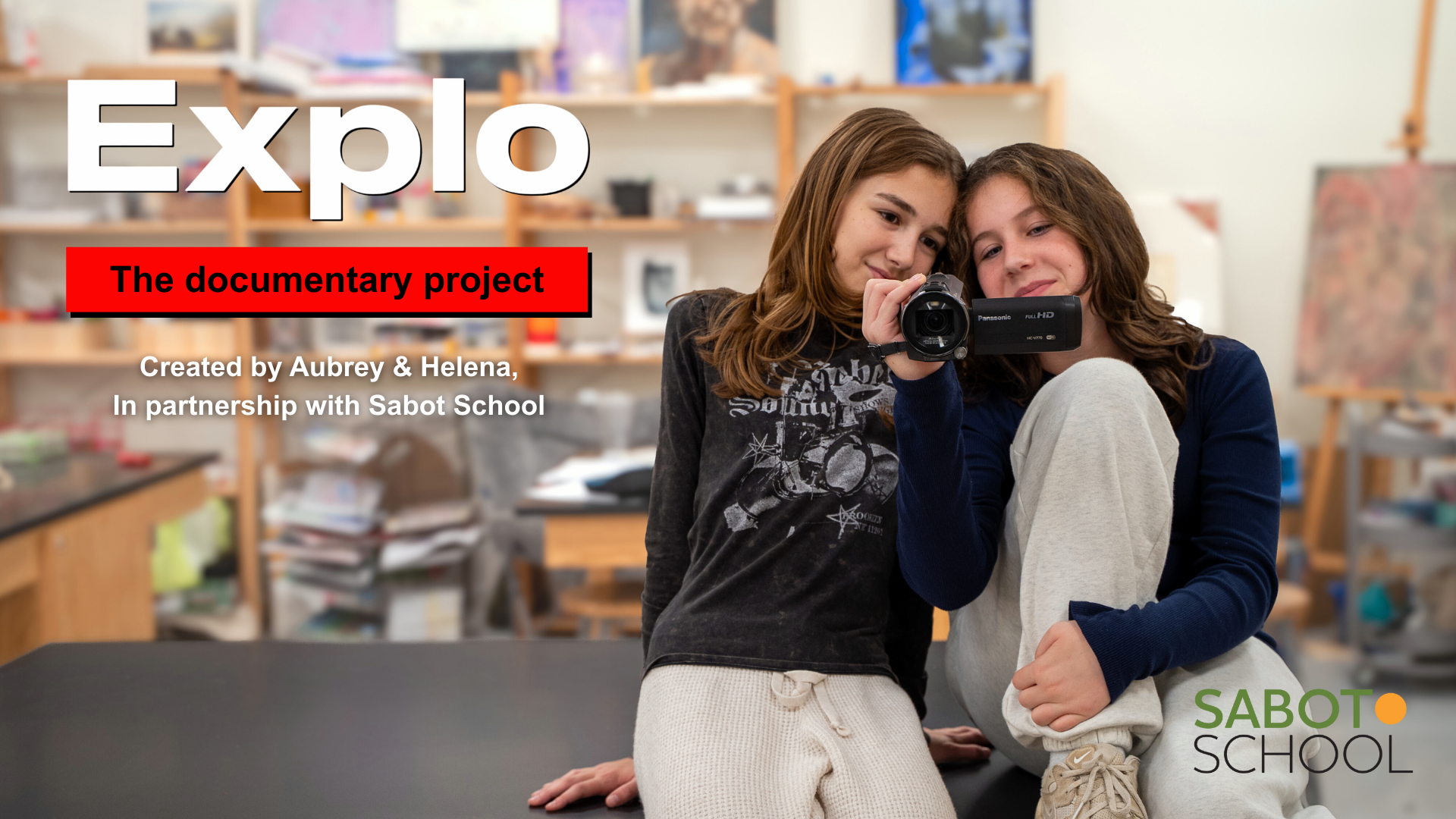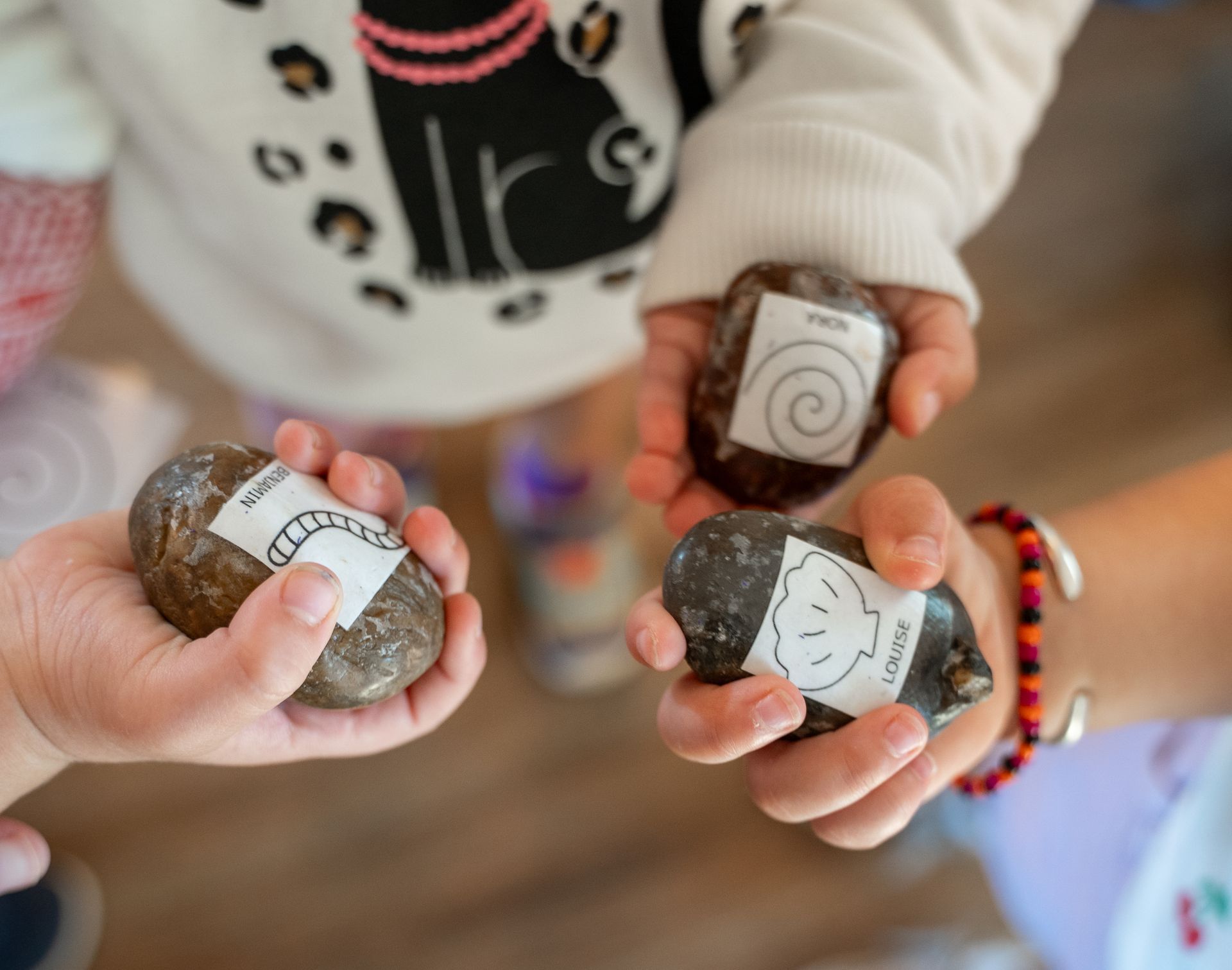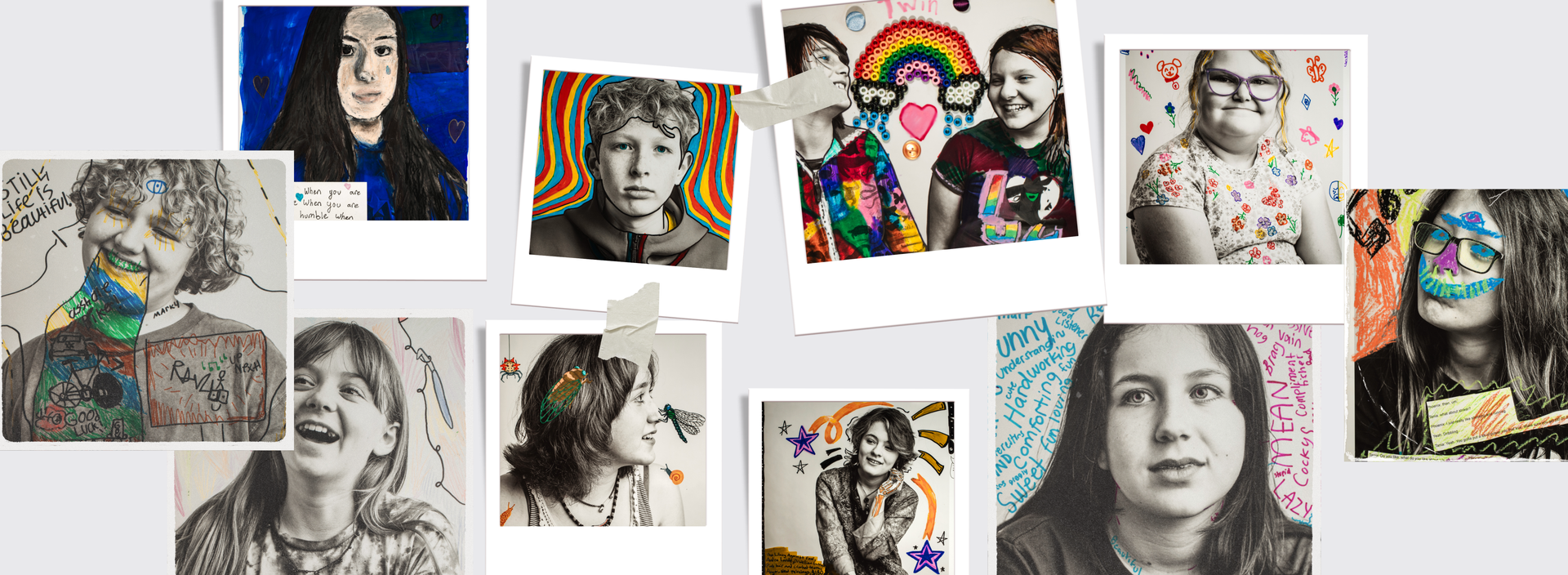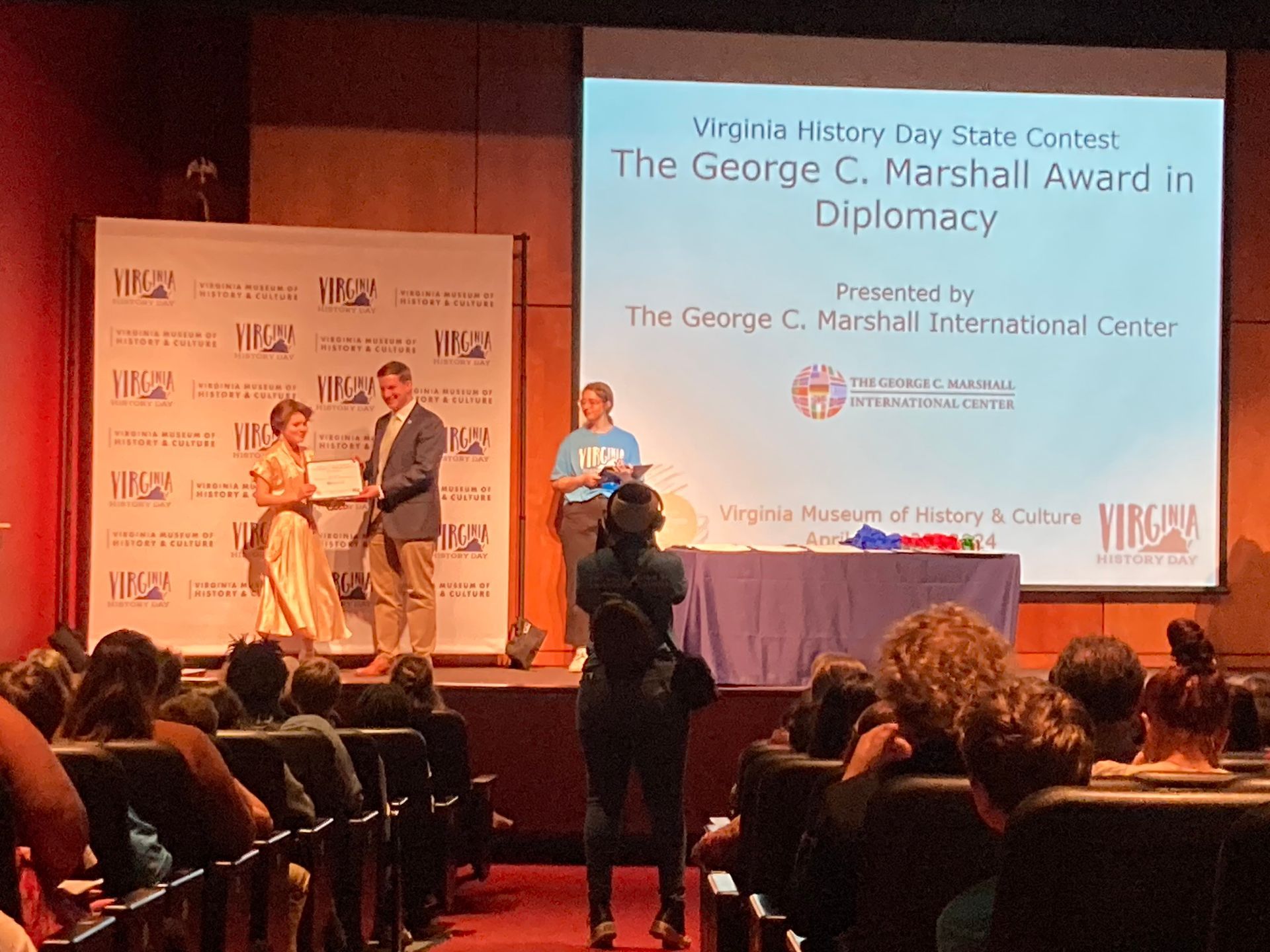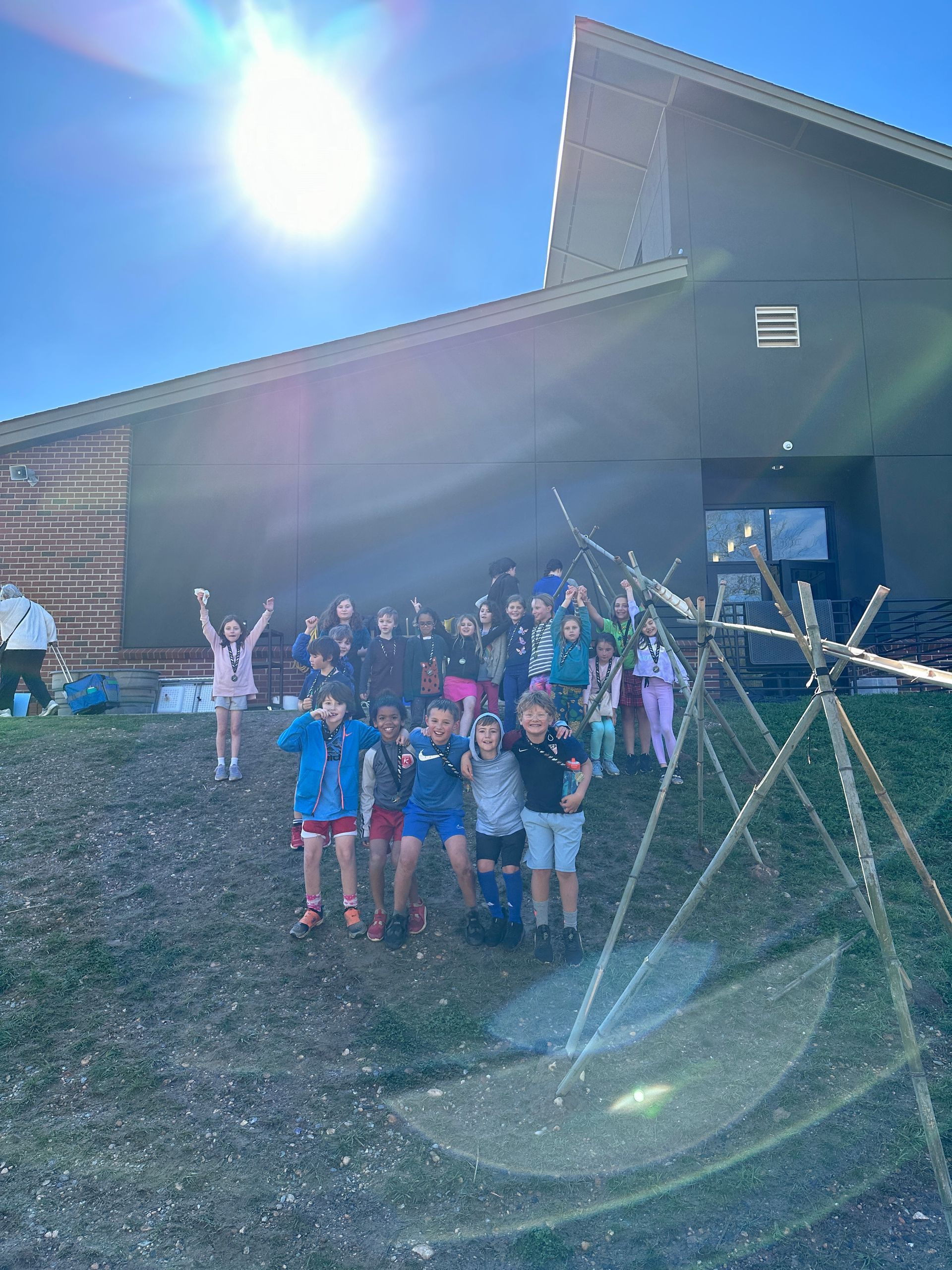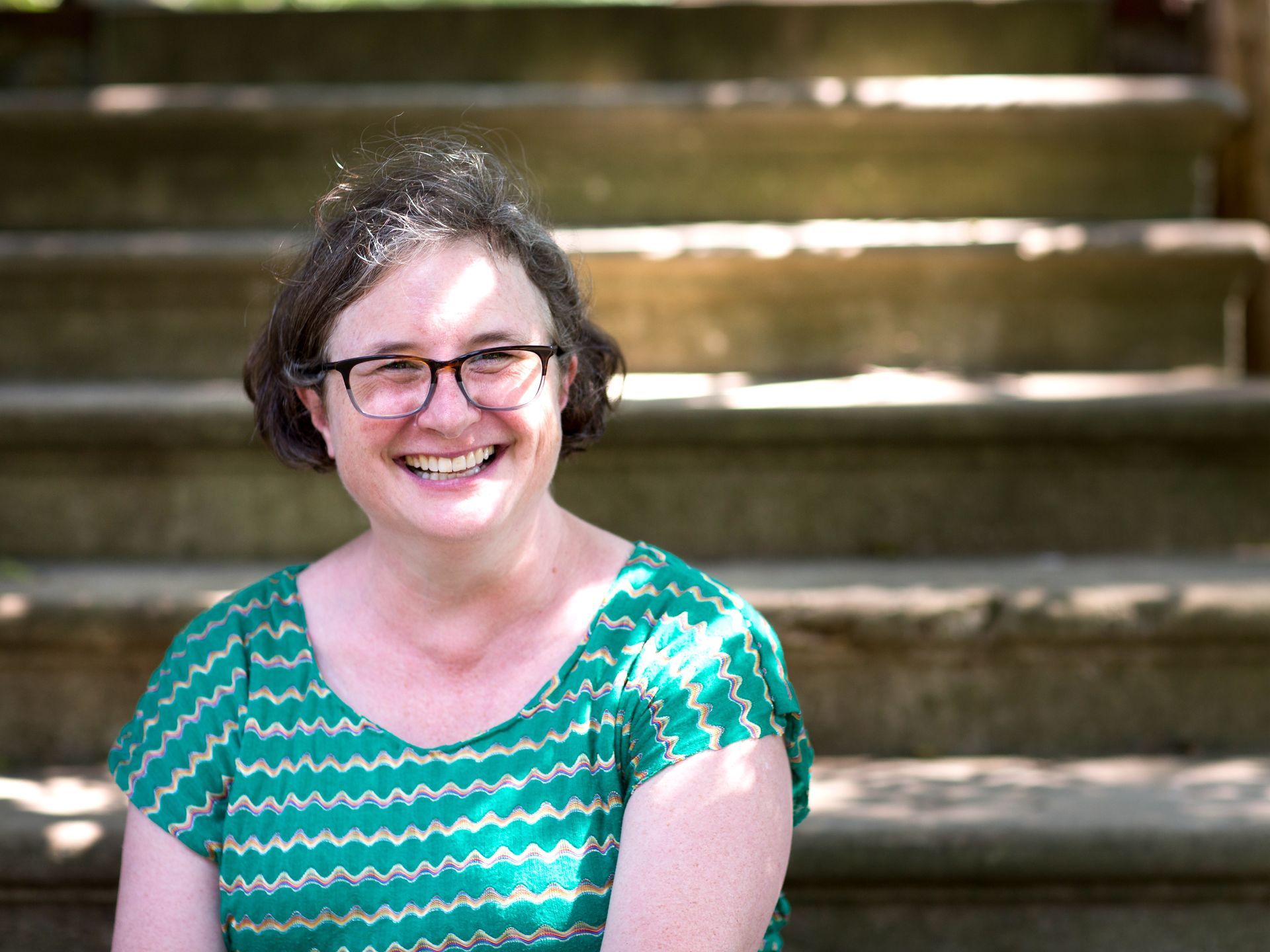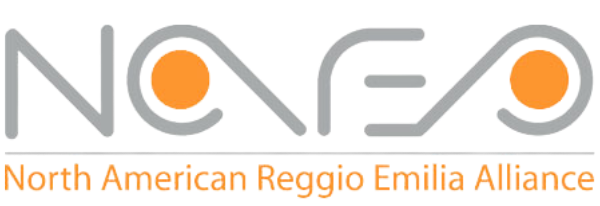Creating a Safe Space for Courageous Conversations

A group working on their expectations for each other.
As a veteran teacher who is new to Sabot, I have been struck by the warmth and closeness of the middle school community. I could sense that my students had built among them a safe space the moment my first class met.
It reminded me of the term “zimzum,” or “tsimtsum” in Hebrew. In their book, The ZimZum of Love , authors Rob and Kristen Bell write about zimzum reference to relationships. They describe zimzum as a separate energy field that is created between two people in a relationship. For the relationship to remain vibrant and healthy, this space requires attention and nourishment.
What I’m noticing of my 8th graders is a sort-of group zimzum. Their care for one another and shared values have created energy similar to the one that Rob and Kristen Bell write about. This safe space, fostered through years of community and relationship building in Sabot classrooms, reveals itself when my students have meaningful class discussions, one in which everyone takes turns and no one is mocked or judged for their opinions or ideas. They work in small groups, not without distraction, but almost always with kindness and respect. It is a joy to witness.
While conducting research for our journalism unit, I uncovered a plethora of resources from " id="1454814186">Facing History and Ourselves , an organization dedicated to engaging students in an “examination of racism, prejudice, and antisemitism in order to promote the development of a more humane and informed citizenry.” Their unit “Facing Ferguson: News Literacy in the Digital Age” guides students through a series of lessons exploring the role of journalism in a democratic society, helping us become responsible consumers (and producers) of information in the digital age. This particular news literacy case study explores the media and social media coverage of the events surrounding the shooting of Michael Brown, an unarmed black teenager who was shot to death in a confrontation with Darren Wilson, a white police officer in Ferguson, Missouri on August 9, 2014.
The first lesson focuses on creating a safe space for hard conversations about race. It asks students to create a contract outlining their expectations of each other in the classroom. They began our classroom discussion by answering the following prompt privately in their journals: “I mostly feel ____________ when discussing race, because _________.”
We took those feelings and, without using “I” statements or judgment, put them on the board for closer examination. (To protect our classroom, I will not list the children’s feelings here.) We discussed that these are feelings that may be in the room when we talk about race. What do they have in common? They are mostly negative feelings. They are deeply personal. And they are all valid. These feelings may be present on any given day while we are studying this unit, so we collectively agreed to create an environment where everyone is comfortable speaking up without the fear of being labeled if someone disagrees.

The contract created by the class that allows us to have courageous conversations.
We turned to a video by New York City hip-hop DJ and blogger Jay Smooth for guidance on how to respond when we take issue with someone’s point. I then shared Dr. Beverly Daniel Tatum’s definition of racism as one we would be referring to throughout the unit: “In her book, Why Are All the Black Kids Sitting Together in the Cafeteria?, Dr. Tatum does not characterize racism as overt discrimination or individual acts of hate. Rather, she defines it as, “One’s benefiting from a system of privileges based on race that are subtly ingrained in the surrounding culture, making them difficult to detect. It is possible for people of color to be prejudiced on the basis of race, but the social system is never in their favor. This is racism. She compares racism to smog: “Sometimes it is so thick it is visible, other times it is less apparent, but always, day in and day out, we are breathing it in” (page 6).”
We discussed Dr. Tatum’s definition briefly, and I told them that we would return to it as we continue these lessons. It was time to create our class contract.
We wrote about a time when we felt safe, or unsafe, speaking our mind. When one student said, “I can’t think of a single time when I haven’t felt this way,” and a few more agreed, I quickly saw my assumptions about the middle school community coming true. They have experience learning in safe spaces! In launching these conversations about race and politics, we first needed to revisit the conversations that they have had throughout their careers at Sabot.
In small groups, they answered the question, “What do we as a community of learners need from each other to have a safe yet courageous conversation about race in this unit?” Each group came up with a list of 3-5 expectations. We then put all their expectations on the board and voted by placing tick marks next to those we felt should be included in the contract. Then we wrote up the contract, read it aloud, and signed it.
At the beginning of our class meetings, one student reads the contract to remind us of our safe space. I’m noticing my students open up in new ways. They are nurturing a supportive learning environment that with continued support and careful attention, allows for the vulnerability necessary to cultivate courageous conversations.
The post Creating a Safe Space for Courageous Conversations appeared first on Sabot at Stony Point.
SHARE THIS POST
